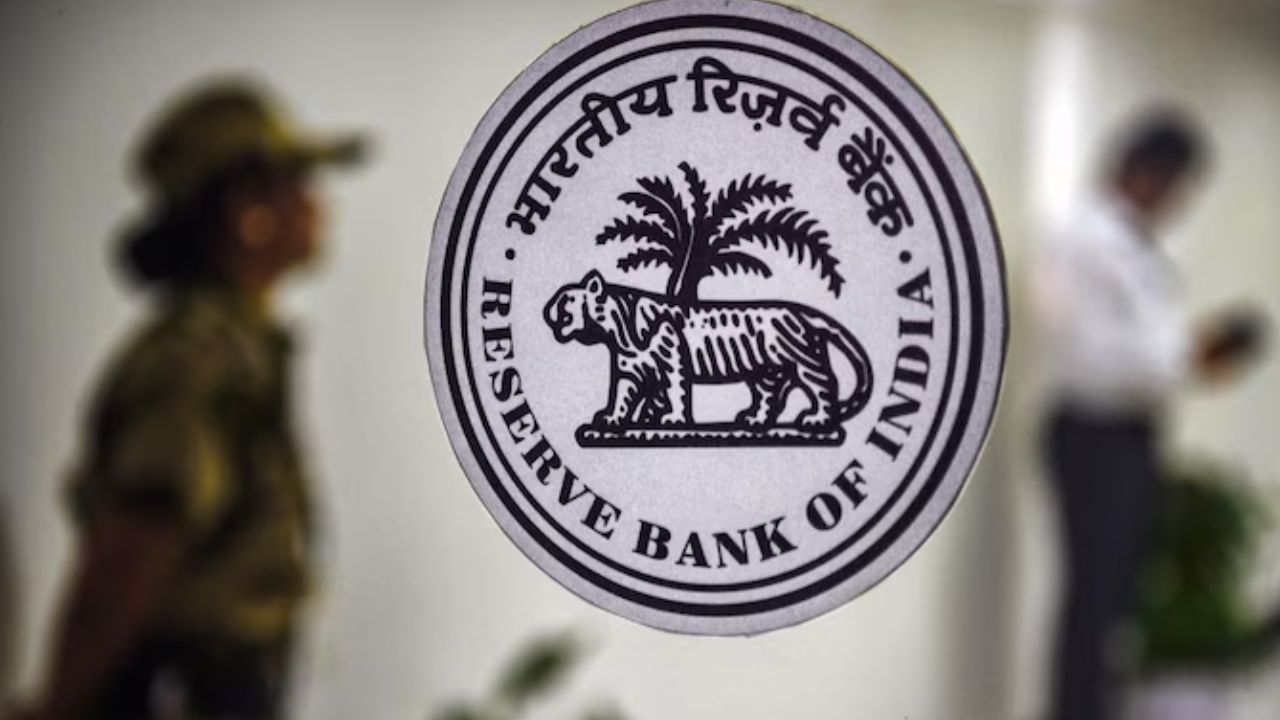reserve Bank of India
Amidst the sound of recession and increasing trade tensions across the world, the Indian economy has once again shown its strength. The Reserve Bank of India (RBI) has said in its ‘State of the Economy’ report released on Monday that despite global uncertainties, the pace of India’s economic growth is expected to continue. The biggest relief is that the inflation front has cooled down, which has given a big opportunity to the government and RBI to focus on growth.
This report has come at a time when the world’s major economies are struggling and clouds of tension have again started looming over global trade. But India’s story is different. The wheel of the country’s progress is not dependent on external winds, but is turning on its own domestic strength.
Strong demand from villages to cities, confidence back on track
The most important point of the RBI report is that the foundation of India’s economic strength lies in its own domestic market. The report said that ‘high-frequency indicators’ (ie data that tell the pulse of the economy) are indicating that urban demand has once again come to life, while demand in rural India already remains strong.
A major credit for this goes to the agriculture sector, which has maintained its growth momentum. This year, more than normal rainfall and bumper Kharif sowing have provided great support to farming. Not only this, the reservoirs being at record level and adequate moisture in the soil is also a very good sign for the coming Rabi season.
Not only farmers, the confidence of businessmen is also skyrocketing. Business confidence in both manufacturing (production in factories) and services (service sector) has reached the highest level in the last six months. This shows that companies expect better business in the future. RBI believes that the demand of the upcoming festive season and the reduction in GST rates will further boost production and make things cheaper for the common people, which will further accelerate the demand cycle.
Inflation at lowest level since June 2017
The biggest good news of this report is related to the kitchen budget of the common man. RBI said that there has been a sharp decline in the retail inflation rate (CPI) in the month of September. This is the lowest level of inflation since June 2017. This great relief has been provided to the common man mainly due to the decline in the prices of food items (depletion).
However, ‘core’ inflation (which excludes food and fuel prices) has seen a slight increase. The main reason for this is the rise in gold prices and increase in housing inflation.
Will interest rates decrease now?
This sharp decline in inflation can have a direct impact on your EMI. The RBI report clearly states that considering the current economic situation and future projections, ‘policy space’ has been created to support the growth rate.
In simple words, when inflation is under control, the central bank’s focus shifts to accelerating economic growth. For this, RBI can take a big step like cutting interest rates through its Monetary Policy Committee (MPC). If this happens, home loans, car loans and personal loans can become cheaper, due to which people will spend more and the wheels of factories will turn faster.
The world also recognized India’s iron power
Not only RBI, but also all the big institutions of the world are confirming the economic strength of India. The International Monetary Fund (IMF) has increased India’s GDP growth forecast for 2025 by 20 basis points to 6.6%.
Similarly, OECD has increased India’s growth rate forecast by 40 basis points to 6.7%. The World Bank has also increased India’s growth estimate to 6.5%. RBI’s MPC itself, in its proposal in October, has increased India’s real GDP growth estimate for 2025-26 by 30 basis points to 6.8%.
